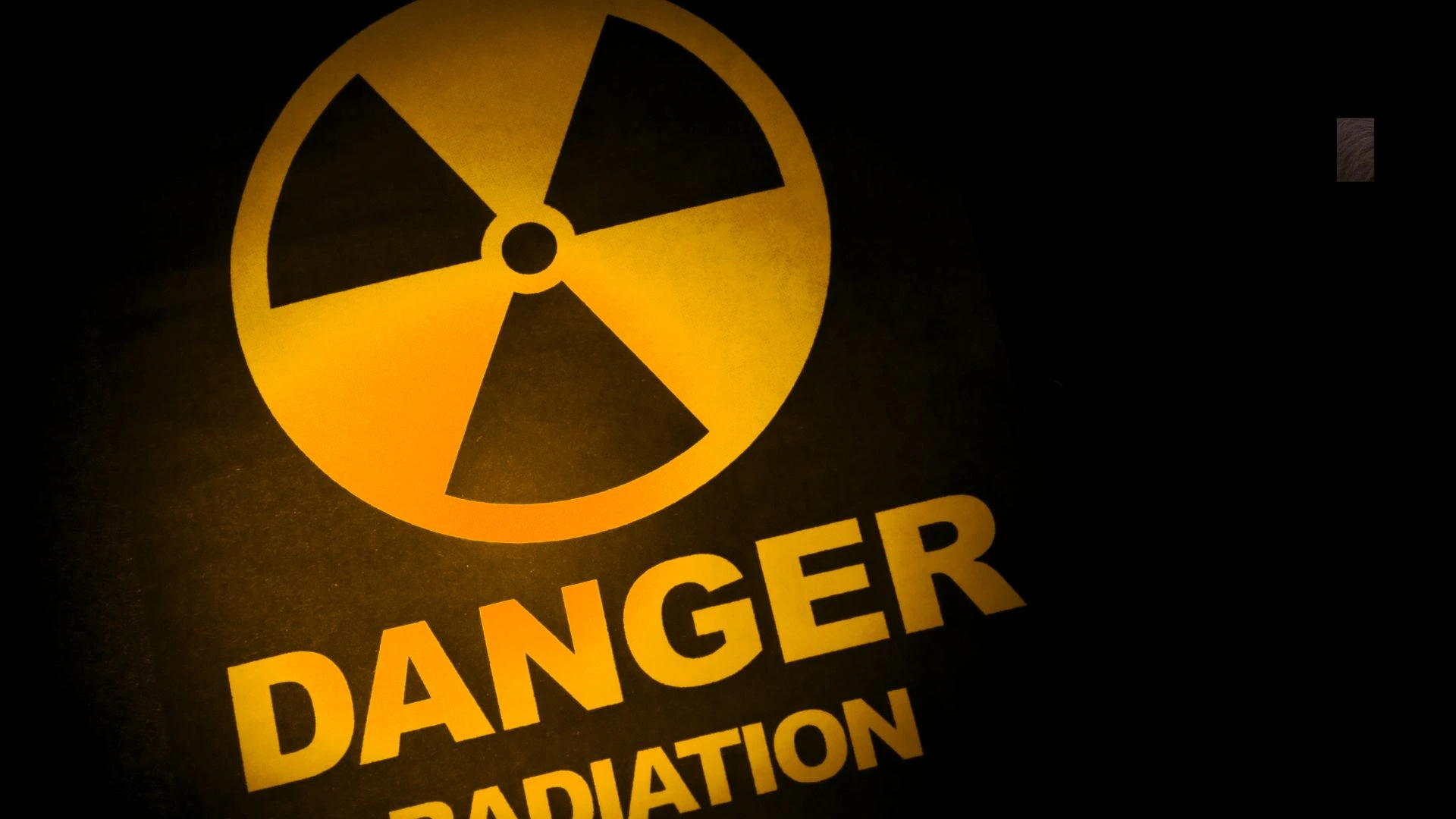Modern health care has made use of ionizing radiation for the purpose of imaging, treatment, and diagnostics. While medical technologies change, so do the safety and regulatory practices ensuring that such practices are effective as well as safe for patients. In the UK, IR(ME)R 2017 recently had amendments; this is essential to enhance the practice of safety in the healthcare setup.
As of 1st October 2024, the Ionising Radiation (Medical Exposure) (Amendment) Regulations 2024 are applied to the 2017 framework. The full implementation of these changes will be effective on 1st April 2025. Even though healthcare providers have some time to adapt to the amendments, these changes demonstrate the continued dedication to patient safety and the maximization of medical radiation use.
Key Updates to the Ionising Radiation (Medical Exposure) Regulations 2024
The most important update to the regulations of IR(ME)R in the year 2024 includes some new requirements pertaining to trend analysis, inter-employer cooperation with updated procedures, and the making of referrals, which include software also that affects radiations in influencing exposure in its equipment list. The main features are as follows:
- Major Unintentional Exposure with Trend Analysis:
One of the important changes in the rules states that in the case of SAUEs, healthcare providers are under an obligation to carry out trend analysis. Trend analysis is to be done keeping in mind the intended and unintended or unplanned radiation exposures. All of the above will benefit healthcare providers and allow them to corrective action in light of such occurrences, systemwide improvements, and avert repetition over and over with patient safety top of the picture at all times.
- Co-operation between employers (Regulation 6A)
There is a new regulation, 6A, that explicitly requires employers to cooperate with one another about the IR(ME)R regulations. The employers, regardless of whether they belong to the same healthcare organization or are from different facilities, should share relevant information about patients’ imaging histories. This cooperation will enable providers to make more informed decisions on radiation exposure so that better safety for patients will be realized by tracking their medical imaging records and radiation history.
- Employer Procedures Update
The 2024 updates bring two important changes to Employee Practices:
Clinical Audit: There is a legal requirement that employers must have clinical audit procedures on radiation exposure. Clinical audits will ensure that radiation exposure is optimized, safety standards are met, and necessary corrections are done. Regular audits would enhance accountability and help maintain high standards of practice.
Referral procedures: A new procedure has been established for making, amending, and canceling referrals for radiation exposure. This will be an important way to streamline the procedures that healthcare professionals must follow to make referrals for imaging or radiotherapy, helping ensure that exposure to radiation occurs only when truly necessary and ensuring any changes to the patient’s treatment or diagnostic plan are documented properly.
- Provision of Software affecting Exposure in the IR(ME)R Apparatus List
The new regulations also add software that affects radiation exposure to the list of equipment covered by the IR(ME)R regulations. Since digital technologies are becoming more common in medical imaging, many machines now use software to adjust levels of radiation based on the needs of the imaging. Including this software in the regulatory framework ensures that its role in patient safety is monitored and controlled to avoid overexposure.
Implications for Clinical Practice
These updates to the IR(ME)R regulations have direct implications for clinical practice. The Clinical Imaging Board and the Radiotherapy Board intend to review and revise their guidance on how these regulations impact clinical workflows. This review will ensure that the guidelines reflect the latest changes and that all healthcare providers have access to the necessary resources to comply with the new requirements.
The new rule aims to balance the use of advanced medical imaging and therapies against the strict requirements for avoiding excessive exposure to unnecessary radiation. More efficient and safe medical procedures shall be enjoyed by patients, as well as advanced tools for radiation monitoring and optimizing usage by the healthcare providers.
Enforcement and Implementation Timeline
Although the amending regulations under the Ionising Radiation (Medical Exposure) Regulations 2024 are effective from 1st October 2024, the updated regulation will not be fully implemented until 1st April 2025. This is sufficient time for health care services to alter procedures, training, and equipment if required.
The Care Quality Commission, one of the enforcement agencies, acknowledged that implementing the amendments will require time and resources. In the short term, the attention is on training the health service providers and educating them on the changes. It is only when the organizations have had enough time to assimilate the new rules into their practice that enforcement will be carried out.
Conclusion
The updated Ionising Radiation (Medical Exposure) Regulations 2024 are intended to make a significant difference in improving patient safety, enhancing the monitoring of radiation exposure, and fostering better cooperation between employers. These changes highlight the need to minimize risks associated with ionizing radiation so that the benefits of medical imaging and radiotherapy far outweigh any potential harm.
Healthcare providers should begin to initiate these changes even before the enactment date of 2025. Visit the official government guidance from the Department of Health and Social Care for more detailed information on these regulations and clinical practice implications:.
These updates are forward steps in making sure that the use of ionizing radiation in health care is as safe and effective as possible to benefit patients while making the environment of healthcare practice safer for all professionals.



